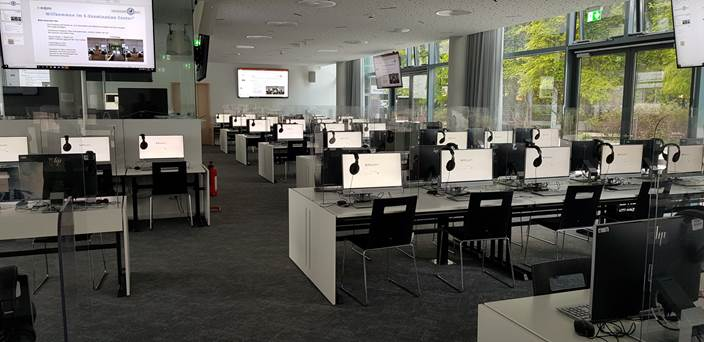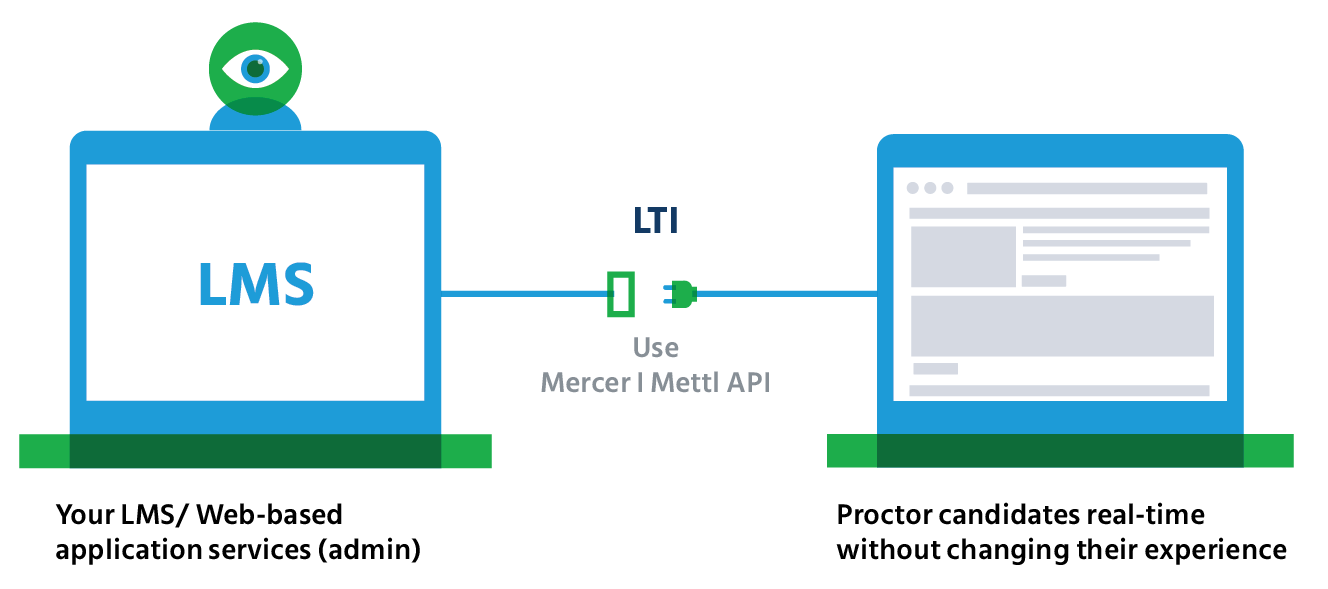

The speed of travel, size of location confidence area, area border to border distance, and other data are used to derive the student’s cheating risk score. In our method, we work with the location confidence area to avoid using uncertain locations. IP geolocation accuracy is limited and errors are possible. The locations used are estimated using IP address geolocation. The student’s speed of travel is calculated between two places, from which subsequent on-line actions were performed before and after the exam. For each student in a course, we define the exam session(s), i.e., the session where an exam was taken. Our method observes the on-line actions of the enrolled students in courses. The indication is available after the exam has ended, or can be processed retrospectively several years to the past, based on the student’s data archival policy set by the educational institution. Our method uses these actions to indicate cheating. These traces, in the form of on-line actions, are commonly archived by distance education systems. Such knowledge may involve a logical combination of available materials, maths calculation with custom inputs, and custom problem assignment.Įvery student who accesses on-line course content, including the exam, leaves digital traces. A specific type of these exams is where the answers cannot be ‘googled’ or shared via private chats or social networks, as the exam solution requires a good understanding of the topic.

This unfair acting may occur in any unproctored on-line exam. In this work, we elaborate a method to indicate that a student cheated in the form that she/he shared their login credentials with somebody else, who actually took the exam (a better educated student). Currently, there are no definite solutions available to combat the problem of cheating. Despite its advantages, a common problem is the unproctored on-line examination where cheating is easier than in proctored written or oral exams. We compared student cheating risk scores between four academic terms, including two terms of university closure due to COVID-19.Įducational institutions have broadly implemented distance learning, especially during the COVID-19 pandemic. The method can be used to select students for knowledge re-validation, or to compare student cheating across courses, age groups, countries, and universities. The found cheating risk scores are presented along with examples of indicated cheatings. 3600 students in 22 courses, where the partial or final on-line exams were unproctored. We work with customized IP geolocation and other data to derive the student’s cheating risk score. The method is based on the analysis of the student’s on-line traces, which are logged by distance education systems.

In this paper, we propose a method to automatically indicate cheating in unproctored on-line exams, when somebody else other than the legitimate student takes the exam.
Student learning and examinations moved on-line on a few weeks notice, which has created a large workload for academics to grade the assessments and manually detect students’ dishonesty. Watch this video to prepare for your online exam with Cadmus.COVID-19 has disrupted every field of life and education is not immune to it. If you run out of time you can still make a late submission, however you will be penalised for this. You are responsible for submitting your own exam. Cadmus will not automatically submit your exam at the end exam time. Once you’ve answered all of the exam questions, click submit. You will need to reconnect to the internet to submit your exam paper.
#Safe exam browser blackboard Offline
If your internet drops out, you can continue working offline and your document will be saved locally to your computer. Your work will save automatically as you go if you are connected to the internet. Your exam instructions will be on the left-hand side of your computer screen and your exam workspace will be on the right-hand side. Once you accept your collection notice, you will be taken to Cadmus to sit your online exam. You will access your online exam on the day of your exam, via the link in your Interact2 subject site. You must use a laptop or desktop computer to sit this exam.
#Safe exam browser blackboard software
You do not need to download any software to use Cadmus, however it is recommended that you download the latest version of Chrome web browser. Your online exam will be delivered via the online assessment tool, Cadmus.


 0 kommentar(er)
0 kommentar(er)
